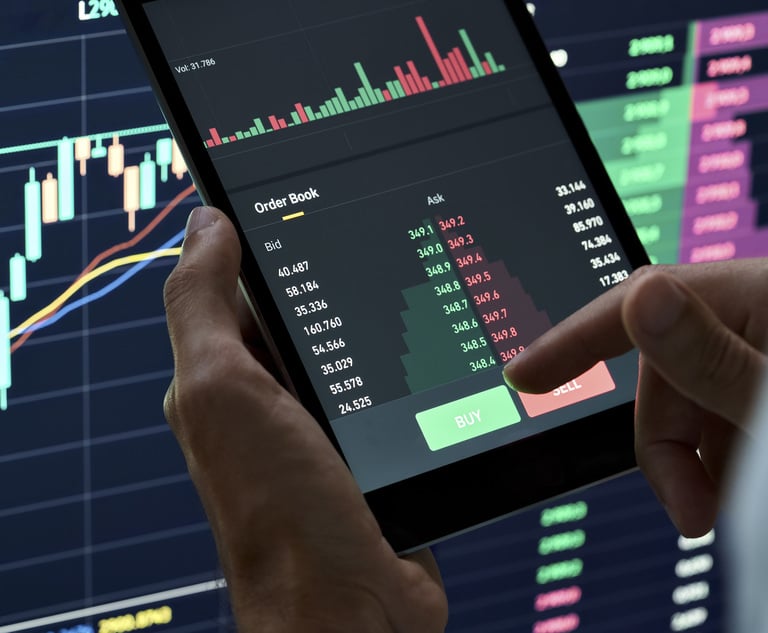Stocks are seeing a lot of instability near a key technical level, with traders awaiting the all-important jobs report for clues on the Federal Reserve’s next steps. The dollar fell with bond yields.
A big fight is unfolding around the S&P 500’s 200-day moving average, an indicator seen by some analysts as portending the continuation of a move when breached. The equity gauge crossed that mark after a massive rally driven by Jerome Powell’s signals of a downshift in the pace of tightening, but struggled to find solid footing on Thursday.
“The shallower the pullback, the better the odds of the market moving further higher,” said Fawad Razaqzada, market analyst at City Index and Forex.com. “The bears, meanwhile, will need to defend this bearish trend line and push the market back below the 200 day, if they want to keep this year’s bearish trend intact now that we are heading into the final month of the year.”
Equities fluctuated after slumping on data showing American manufacturing contracted in November for the first time since May 2020. The report added to concern that Fed hikes will raise the odds of a recession and tempered optimism with news that consumer prices had the second-smallest increase this year.
The dollar sank to the lowest since August, while the Treasury rally gathered steam amid a pullback in expectations for Fed tightening. Bets on where the central bank rate will peak have now dropped below 4.9%, according to swap markets. The current benchmark sits in a range between 3.75% and 4%.
The remarkably resilient U.S. jobs market is beginning to cool, but Friday’s employment report will fall far short of the turning point Fed officials are seeking in their battle to beat back inflation. There are signs labor demand is ebbing, but a bigger slowdown is needed to bring that demand more in line with labor supply in order to contain wage growth.
The median projection in a Bloomberg survey of economists calls for payrolls to rise 200,000 in November and hourly earnings to climb 4.6% from a year ago.
Worries about how far central bankers will go to rein in inflation have kept investors on edge, and equities volatile. JPMorgan Chase & Co.’s Dubravko Lakos-Bujas said sharp declines await U.S. stocks in the first half of 2023 against the backdrop of a mild recession and Fed hikes.
The prediction adds to calls from strategists at Goldman Sachs Group Inc. and Deutsche Bank AG that American equities are in for a wild ride next year.
“The next mountain needing to be conquered, and will be the 2023 focus I believe, is the economic consequences to such a sharp rise in interest rates, the higher cost of capital that both businesses and households have to deal with and the recession it creates,” said Peter Boockvar, chief investment officer at Bleakley Financial Group.
“We do not think the macroeconomic conditions for a sustained market rally are yet in place,” said Mark Haefele, chief investment officer at UBS Global Wealth Management, who sees the cumulative impact of hikes weighing on economic growth and corporate profits.
From a technical standpoint, however, history offers encouraging signs for U.S. stocks once they break above a longer-term trend line after spending months below it.
In the previous 13 times the S&P 500 was beneath the 200-day moving average for more than six months and then closed above it, the index posted an average return of 12% over the next six months and 19% a year later, according to Ryan Detrick, chief market strategist at Carson Group.
Jonathan Krinsky at BTIG notes that while a big rally got the U.S. equity gauge through its 200-day moving average, it also took it right to the downtrend line from the January highs.
“The slope of the 200-DMA is often more important than whether price is above or below it,” he added. “Consider in 2002, there were several rally attempts that did get above the declining 200-DMA, only to fail and roll over to new lows.”
Rita Nazareth reports for Bloomberg News.
NOT FOR REPRINT
© 2024 ALM Global, LLC, All Rights Reserved. Request academic re-use from www.copyright.com. All other uses, submit a request to [email protected]. For more information visit Asset & Logo Licensing.


 Credit: nsta_photos/Adobe Stock
Credit: nsta_photos/Adobe Stock




